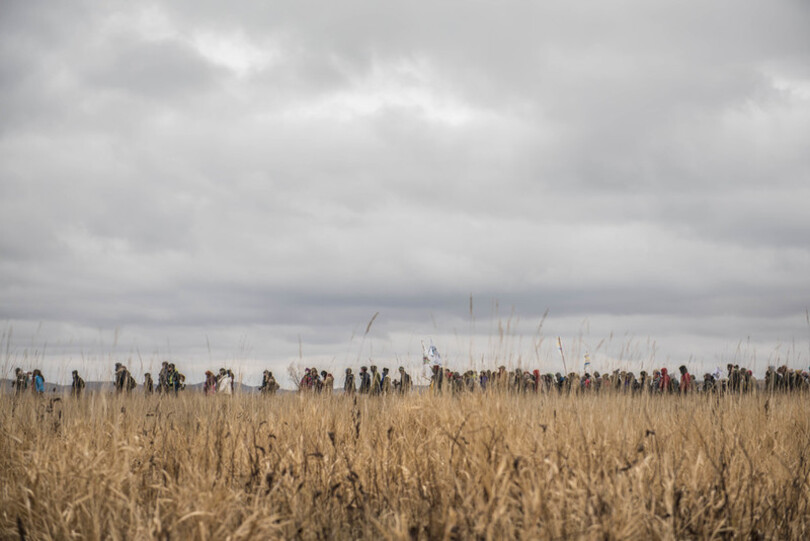Professor: Keystone oil pipeline leaks remain a mystery

Daily Orange File Photo
The Keystone pipeline leaked in South Dakota, a place of contention between environmentalists and oil pipelines.
Nebraska’s state government recently approved a plan outlining a new route for the controversial Keystone XL pipeline, just days after oil leaked out of the original Keystone pipeline in South Dakota.
The Daily Orange spoke with Cornelius Murphy — a professor of environmental resources engineering at the State University of New York College of Environmental Science and Forestry — about the decision to reroute Keystone XL and the dangers oil leaks pose to the environment.
The Daily Orange: Why do these leaks keep happening?
Cornelius Murphy: They’ve had 14 leaks on the existing pipeline. It definitely is problematic, and I’m not sure that they’ve identified the cause. Is it corrosion of the pipe? Is it that they’re operating the existing pipeline above operating pressures? I don’t think they’ve identified or disclosed what the causes are.
The D.O.: What could prevent leaks from happening?
C.M.: There are technical solutions. For the new XL pipeline, given the experience that TransCanada has had with the existing pipeline, in my opinion they should go with double-wall pipe. It’s sort of a pipe within a pipe, with interstitial monitoring.
That means between the two pipes they could put sensors in there that could detect the loss of the petroleum product from the inner pipe and get to it and repair it before there’s a loss.
Another thing they could do — if the problem is corrosion-based — is they can put in cathodic protection, which means they have a sacrificial anode that draws the straight current that is likely moving along the pipeline from the pipe, which then reduces the corrosion that occurs on the pipe.
They’re going through Native American lands that are sacred to Native American people. They have a personal responsibility to use the best technology that can be put together to safeguard those assets.
The D.O.: How is the environment put at risk by oil leaks, such as the one that happened recently?
C.M.: Water is probably the most valuable commodity on the face of the earth, and we have something like 36,000 cubic kilometers of freshwater on the face of the earth. We can’t afford to contaminate it.
Groundwater supply is a very high percentage of potable water in the U.S., and we have the largest aquifer in the United States, which that pipeline is projected to cut across. It’s too valuable of a commodity to put at risk.
The D.O.: Is another pipeline necessary?
C.M.: The oil produced by oil sands is very dirty. It takes a lot to clean it up and make it usable. Given that oil prices are (lower), whereas it used to be above $100, the cost of cleaning up that oil and delivering the cleaned-up product is much higher than what they can sell that barrel of oil for.
The Bakken oil field, which is the U.S. field, gives a much lighter and refined oil product that doesn’t need as much cleanup for that oil to be used. In today’s market, it’s much less expensive than oil, anyway, to produce electric power.
Because of the problems with cleaning up the Bakken field oil, there have been two or three partners that have invested, basically, in the oil sands that have backed down. That shows that the industry itself isn’t as committed to that as they were when oil was 100 or 120 dollars a barrel. So those things might suggest, “Do we really need that pipeline?”
I think it’s been said we bring on something like a megawatt of electric power every day through photovoltaics, through solar cells. If we keep up on that pace, then the demand for oil to produce electric power is frankly going to further decline.
The D.O.: Given the decisions that have been made recently, how likely is it that the U.S. would consider renewable energy practices?
C.M.: I think there’s still a possibility. There’s a group called We Are Still In (a group committed to upholding the Paris Agreement). It involves (about nine) states, a 1,000 companies and 100 cities. California and New York are part of it. That represents something like 35 percent of the population of the U.S.
They’re committed to reducing their carbon footprint by 30 percent by the year 2030. So irrespective of what the federal government’s position is, the states are still committed to that.




